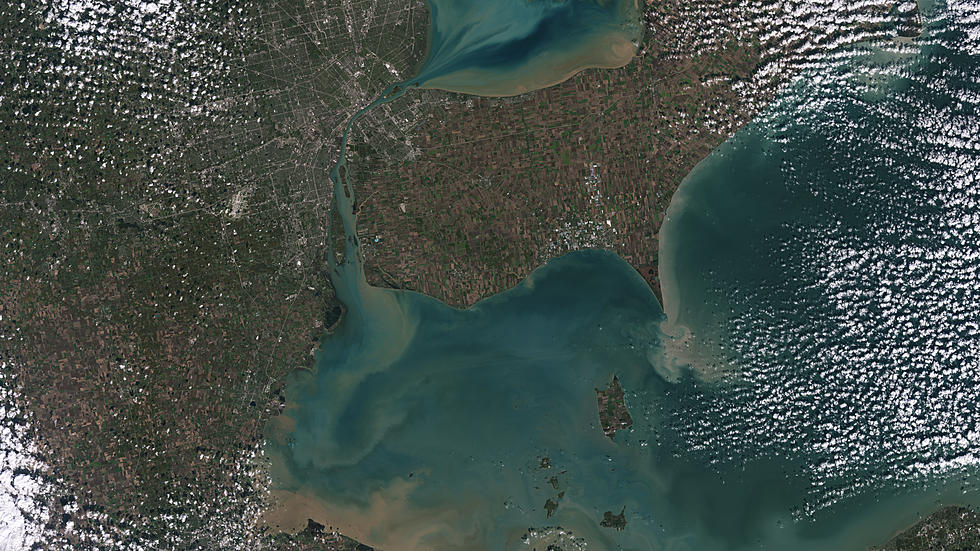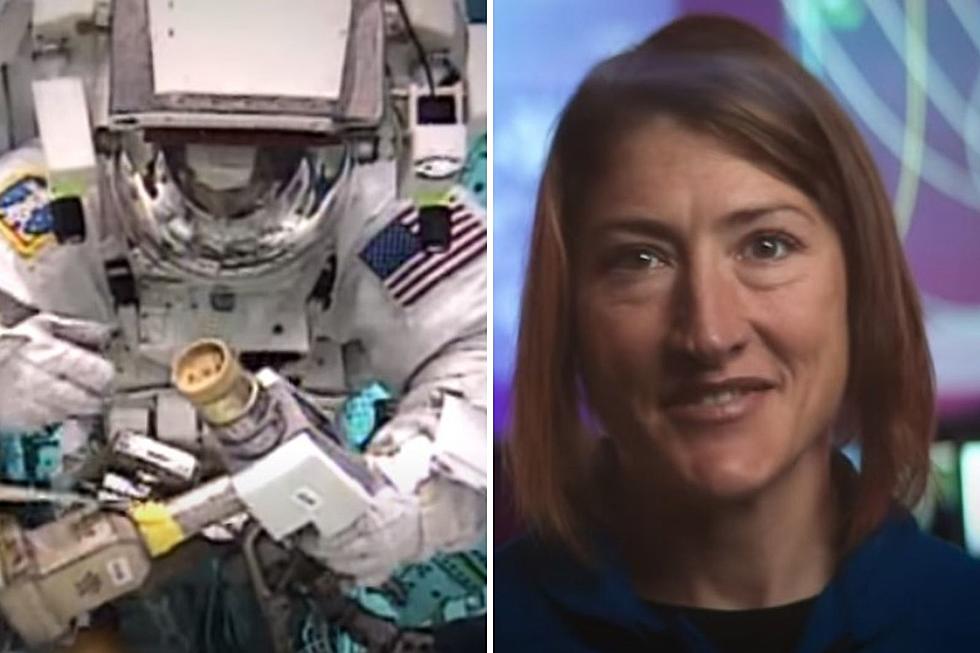
WMU Expert Chimes in on “What We’ve Learned About Pluto”
The New Horizons probe has revealed surprises about Pluto as its nine-year, 3 billion mile journey to the dwarf planet culminates. One surprise is that Pluto isn't the frozen, static dwarf planet we once thought it was, says Dr. Kirk Korista, chair of the WMU Department of Physics.
"I guess people thought that Pluto, being so far from the sun and being so cold--something like minus 230 degrees Celsius--and such a low-mass planet, it would be essentially just sort of an ice cube out there and not doing very much, not very active, maybe unchanging," Korista says. "Of course, we arrived and saw a very different place."
It turns out Pluto's surface is highly variable in color and reflectivity, Korista says. And it is in constant flux and continuously changing. "It's not just a cratered rock or icy rock body," Korista says. "It seems to have flows of ices that alternately freeze and then melt or turn to gas. It's showed the filling in of craters and smooth areas, and then Pluto has mountains of ice that are a few kilometers high."
Pluto's ice is not made from frozen water, but rather frozen nitrogen, methane and carbon monoxide that freeze, thaw and evaporate at extremely low temperatures, Korista says.
"It's because of these materials that are available for freezing, melting, sublimating, or turning back into gas from the ice phase, that creates this flux or lively environment rather than a frozen one," Korista says.
Even the most powerful telescopes could not unlock Pluto's secrets as the New Horizons probe has done, Korista adds. "It's just so far away, even our best telescopes, even the Hubble space telescope, only have sort of blurry views of Pluto," Korista says. "And so our information about Pluto was sort of blurry as well."
Source: WMU release
More From WKMI









